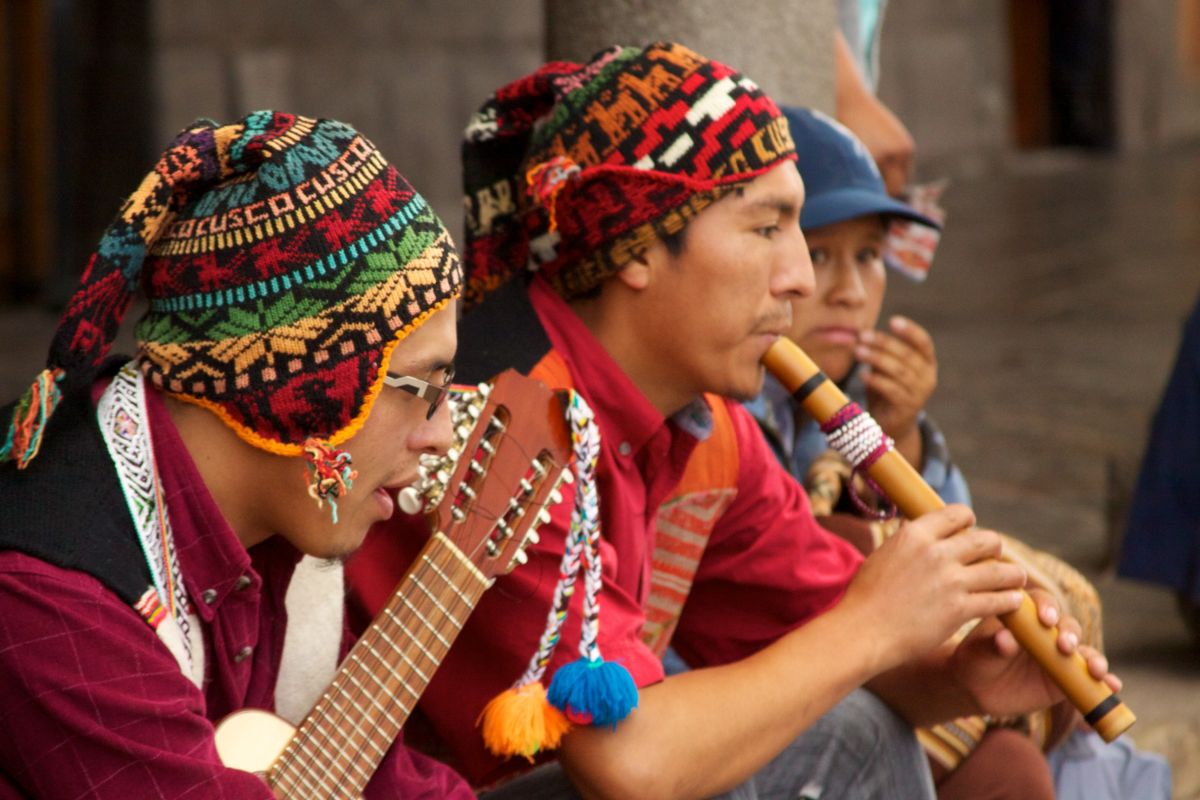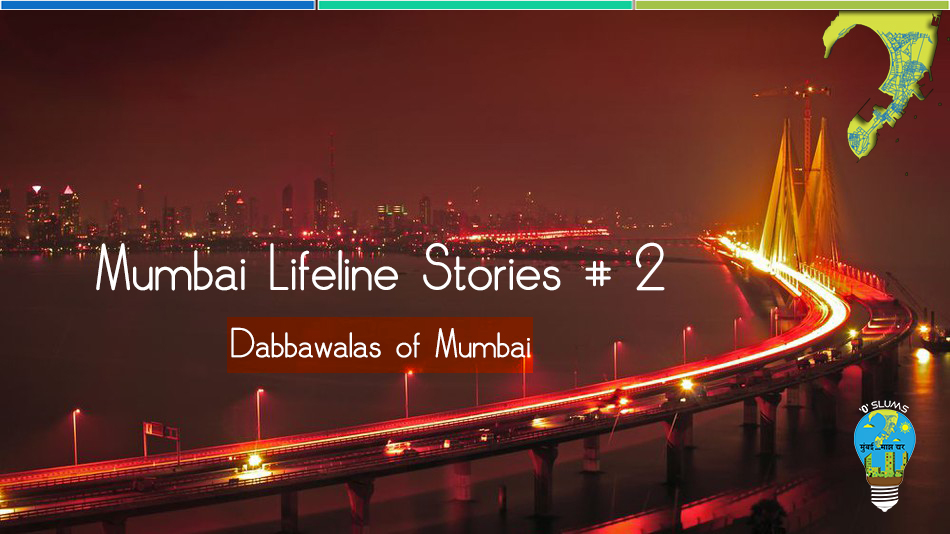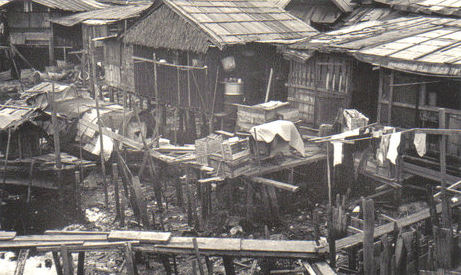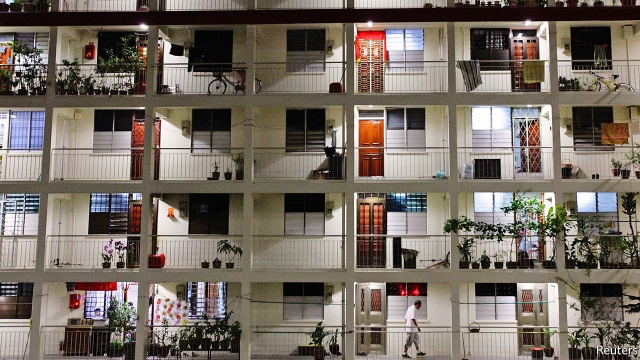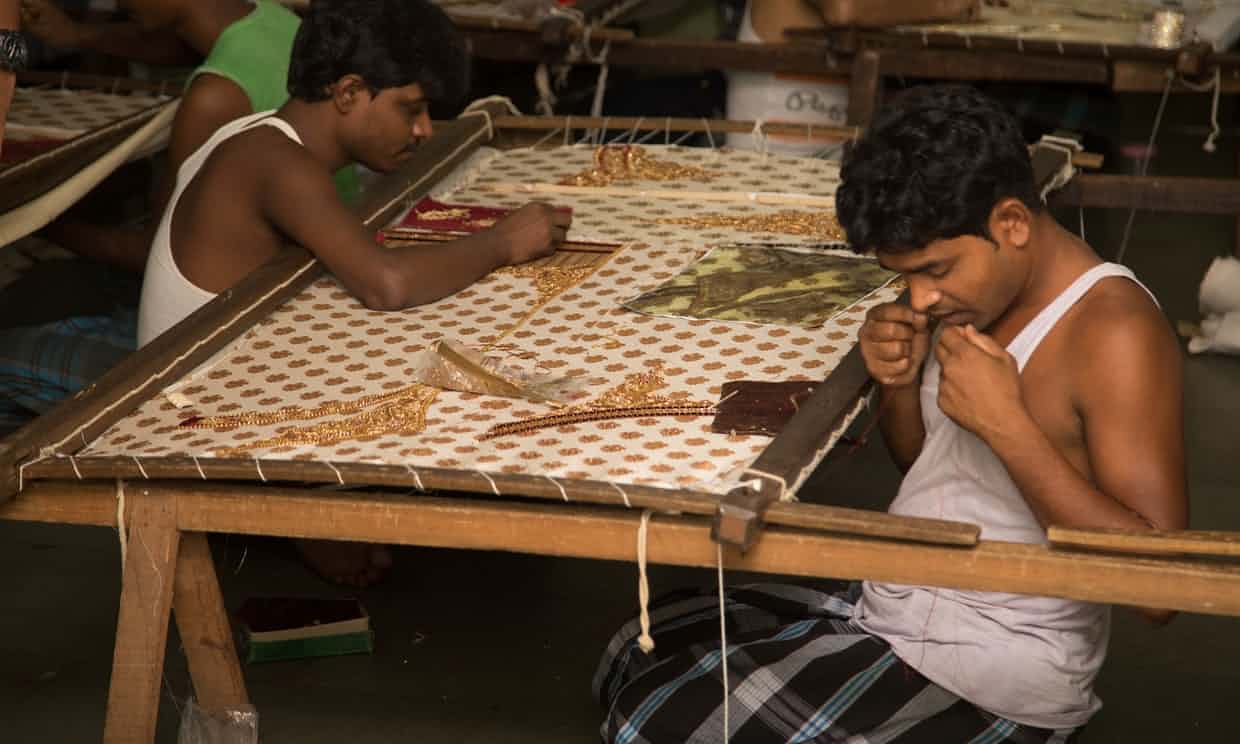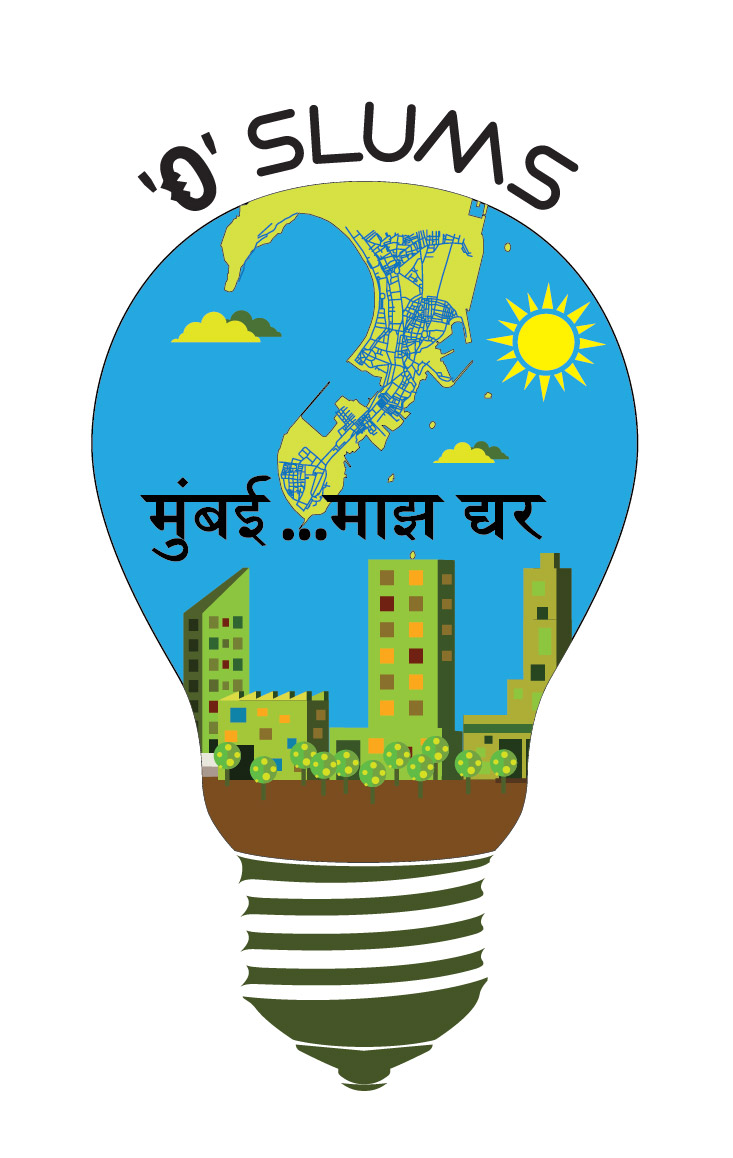Catch-22 is a tragicomic novel specifying the efforts of a man named Yossarian, a captain in the US Army Air Force, to avoid flying any more combat missions. The novel takes place on Pianosa, a small Italian island, during the Second World War.
At first he tries to get medically grounded on the basis of insanity, but Doc Daneeka, the group’s medic, argues that Yossarian cannot be insane if he wants to avoid death by getting out of having to fly. This is termed a Catch-22. Yossarian spends the remainder of the novel trying to combat the Catch-22 and convince the military brass that he should be sent home. Every time a soldier meets his target of flying the number of missions, colonel would increase the target and it becomes a never-ending scenario for each soldier.
Highlight of the novel is its dark comedy. Many characters in Catch-22 undergo moral crises, wherein they must decide between self-interest (a concern for their own safety and wellbeing) or altruism (a concern for the wellbeing of others).
But it is Yossarian’s personal development, his progression from self-interest to altruism that defines the moral arc of Catch-22. In the beginning, Yossarian is content to forge the chaplain’s signature, resist his bombing runs, and otherwise either plan tricks to avoid responsibility or “go with the flow” in his time with the Army. But as his friends—including Clevinger, Orr, Nately, and Dunbar—either die or disappear, Yossarian’s attitude changes. He loses Luciana and Nurse Duckett; he learns that Aarfy has committed rape and murder; he sees scenes of total destruction in Rome, and of great human suffering. He realizes, like Dunbar, that he can no longer bomb innocent civilians for no reason, just to please his superiors.
Yossarian’s personal development reaches a climax in his full recollection of Snowden’s death. The destruction he had seen in Rome – disturbing scenes like including animal abuse, child abuse, rape, and murder, he decides that he doesn’t want anything to do with all these terrible people. Snowden’s death and Rome make him present to frailty of human beings.
It begins with humor but as the story moves we come across bureaucracy of the Army heads, fears, weaknesses, morality, immoralities, confusion of soldiers.
Characters are really very interesting and they will live in your memories forever – Major Major, Orr, Doc Daneeka and other characters are Milo Minderbinder, Chaplain Tappman, Chief White Halfoat, Flume, Aarfy, Nately, Colonel Cathcart, Colonel Korn, General Dreedle and Peckem, General Dreedle’s son-in-law, Dunar, Soldier in white, Snowden, Major Danby, Clevinger, Havermeyer, Hungry Joe, McWatt, Nately, Scheisskopf (his craze for parades), Wintergreen, Major ______ de Coverley, Captain Black, Kid Sampson, Piltchard and Wren, Nurses Duckett and Cramer, Corporal Whitcomb, Dobbs (his part is small but very funny), Major Sanderson.
Novel is so brilliant that I can write separate articles for each characters / sub-plots/ humor / morality / human grounds / emotions, etc. But I will not write so much.
MY TAKE: The theme of the novel is to not live by anyone’s laws but your own.
Spoiler ahead: (don’t read next part if you don’t want any spoilers)
At the end of the novel, Yossarian has had a change of heart. He now sees that he can’t be concerned merely with savings himself from war if the means of doing so saves only him. He sees that he has a duty to the other soldiers who are also being killed by the war, and he implicitly condemns all the selfish actions of those in the war—whether Milo’s profiteering or Cathcart’s careerism. He comes to his most important realization. Orr understood it all the whole time: the only way to escape the catch-22 of the military is to run away to neutral territory, to a place where the military can no longer control one’s decisions—can no longer continue trying to kill him by forcing him to fly missions. Yossarian at first hesitated to run, because he felt it would make him a coward, but now he realizes it would be cowardice simply to accept the new orders he is given by Cathcart and Korn, to fly more missions without objection, or to accept their deal and go home.
The novel has many instances of extended metaphors, such as Doc Daneeka. Doc Daneeka is in charge of medical officers, and is reported to be dead, because he was signed up to be flying in a plane that crashed. He actually wasn’t, and was alive, but the Army stopped paying him and no one listened to him because he was “dead”. The whole situation is a metaphor on how the Army wrote the laws back then, and even something as obvious as a man being alive or dead was complicated through the official reports.
Another metaphor is the Soldier in White. The Soldier in White is a soldier who was graphically wounded, and put in a full body cast. He never moved or talked, and eventually dies. Another man in the same condition arrives, and he is regarded as the same person. No one cares. This was criticism to the Army for treating people like commodities and goods instead of people. Nobody cared whether the man lived or died because he was of no use anymore to them.



